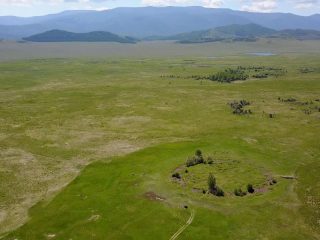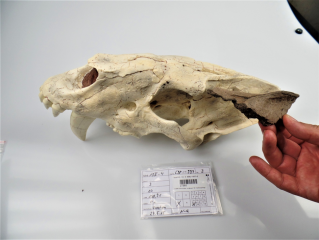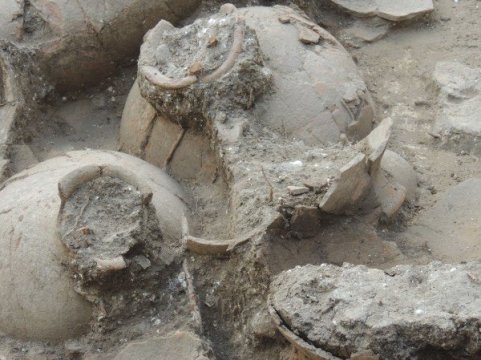Early Scythian tomb discovered in Siberia

Archaeologists believe to have uncovered what may be the oldest and largest tomb of a Scythian prince, at Uyuk River valley, Russian Republic of Tuva.

Archaeologists believe to have uncovered what may be the oldest and largest tomb of a Scythian prince, at Uyuk River valley, Russian Republic of Tuva.

A trove of 3000-year-old weapons containing a large number of bronze axe heads was found late April in a field in the village of Hegra, near Stjørdal, Norway. According to the experts the objects date back to the Late Bronze Age between 1100-500 BC.

Researchers reconstructed a skull of an European saber-toothed cat, Homotherium latidens, that was found at the Schöningen excavation site in Lower Saxony, Germany, in 2015.

The excavations at the Canaanite palace at tel Kabri revealed numerous rooms filled with jars under the collapsed walls and roof. The palace is dated back to Middle Bronze Age (around 1950-1550 BCE).